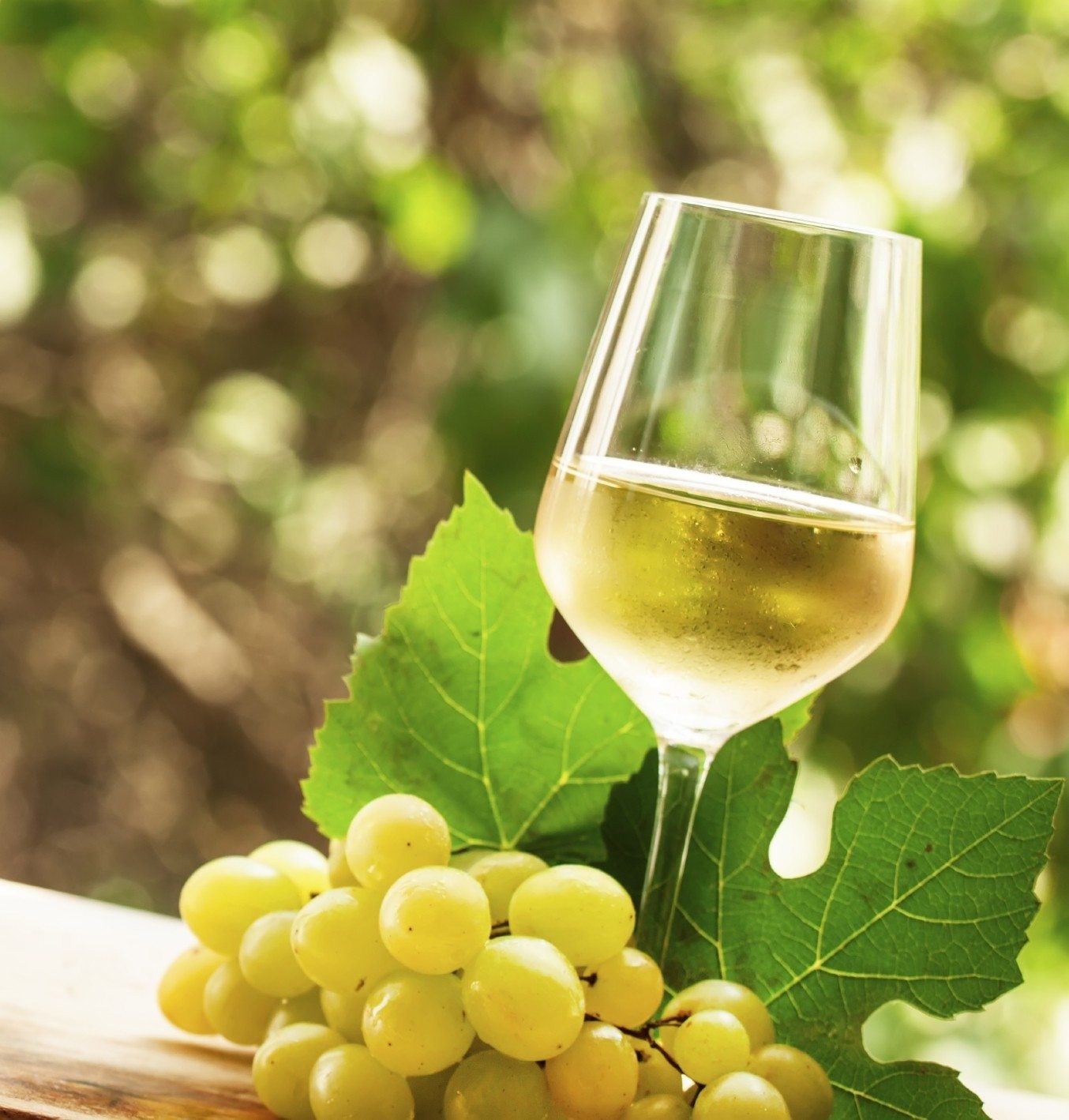Wine Grape Varieties: Learn About The Best Types Of Wine Grapes

Grapes are widely grown fruits and perennial vines. The fruits are developed on new shoots, called canes, which are useful for the preparation of jellies, pies, wine, and juice while the leaves can be used in cooking. They can also be eaten fresh. This article discusses which grapes are used to make wine.
What are the Best Grapes for Wine?
To say there are lots of wine grape varieties is an understatement. These include grapes that ripen early in the season, those that are early to mid-ripening, mid to late ripening, and, of course, the late-ripening grapes. The ones you choose will depend on your region and preference. Early ripening varieties include:
- Chardonnay
- Viognier
- Gamay noir
- Sauvignon Blanc
- Melon
- Pinot noir
- Muscat Blanc
- Orange Muscat
Early mid-ripening varieties are:
- Arneis
- Trousseau gris
- Chenin blanc
- Tinta madeira
- Gewurztraminer
- Tempranillo
- Malvasia vianca
- Syrah
- Semillon
- Sylvaner
Mid and mid-late ripening wine grape varieties include:
- Zinfandel
- Barbera
- Burger
- Carnelian
- Centurion
- Colombard
- Freisa
- Grenache
- Marsanne
- Merlot
- Riesling
- Sangiovese
- Symphony
- Alicante Bouschet
- Cabernet Franc
- Sauvignon
- Cinsaut
- Dolcetto
- Durif
- Malbec
- Tannet
- Nebbiolo
- Valdiguie
The best types of wine grapes which grow at a later time are:
- Ruby Cabernet
- Rubired
- Mission
- Petit Verdot
- Muscat of Alexandria
- Aglianico
- Carignane
- Mourvedre
- Montepulciano
How to Grow Grapes for Home Winemaking
Growing wine grape varieties is a long-term investment. Select a cutting to propagate a new vine, taking one or two cuttings per plant. This should be done in late fall when leaves have dropped. Cutting should be ¼ inch (6 mm.) in diameter and taken from canes at least a year old. Make the cut just below a bud at a 45-degree angle, then another about an inch (2.5 cm.) above the bud. Three buds should be present on the cutting. Store cuttings in peat moss sealed with plastic and keep in refrigerator at 40 degrees F. (4 C.) until spring. Additionally, you can also purchase these cuttings from a reputable company at this time.
Planting Wine Grape Varieties
Select a site at home that receives six hours of direct sunlight each day. There should not be shade. Grapevines can tolerate pH from 5.5 to 7.5. Well-drained soil is best while fertilizer is not essential for growing grapes. Don’t use herbicides near the grapevine. At spring planting time, the end of the cutting should be in-ground while that nearest the tip should be above ground. If you purchased the grapevine from a nursery, soak the roots for three hours. The hole should be slightly larger than the root system of the grapevine. Keep 6 to 8 feet (2 m.) of distance between plants and 9 feet (3 m.) between rows. Any staking should be around 5 to 6 feet (1.5-2 m.) in height. Irrigate with an inch (2.5 cm.) of water per week for the first growing season. You should not fertilize the plants for the first year. Pruning and weeding your wine grapes will be essential in order to get that long-sought-after harvest necessary for making your wine.
Sign up for the Gardening Know How newsletter today and receive a free copy of our e-book "How to Grow Delicious Tomatoes".